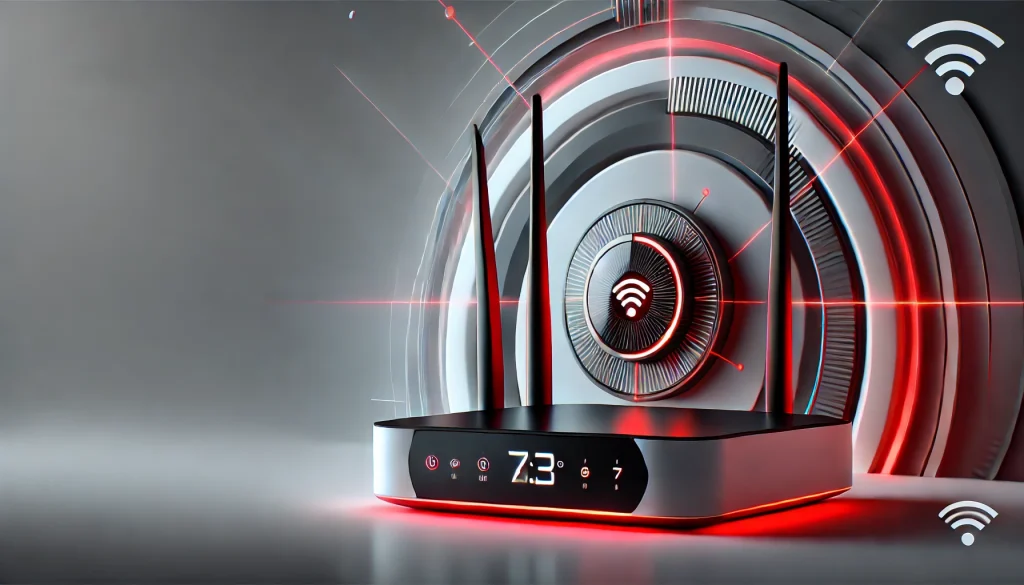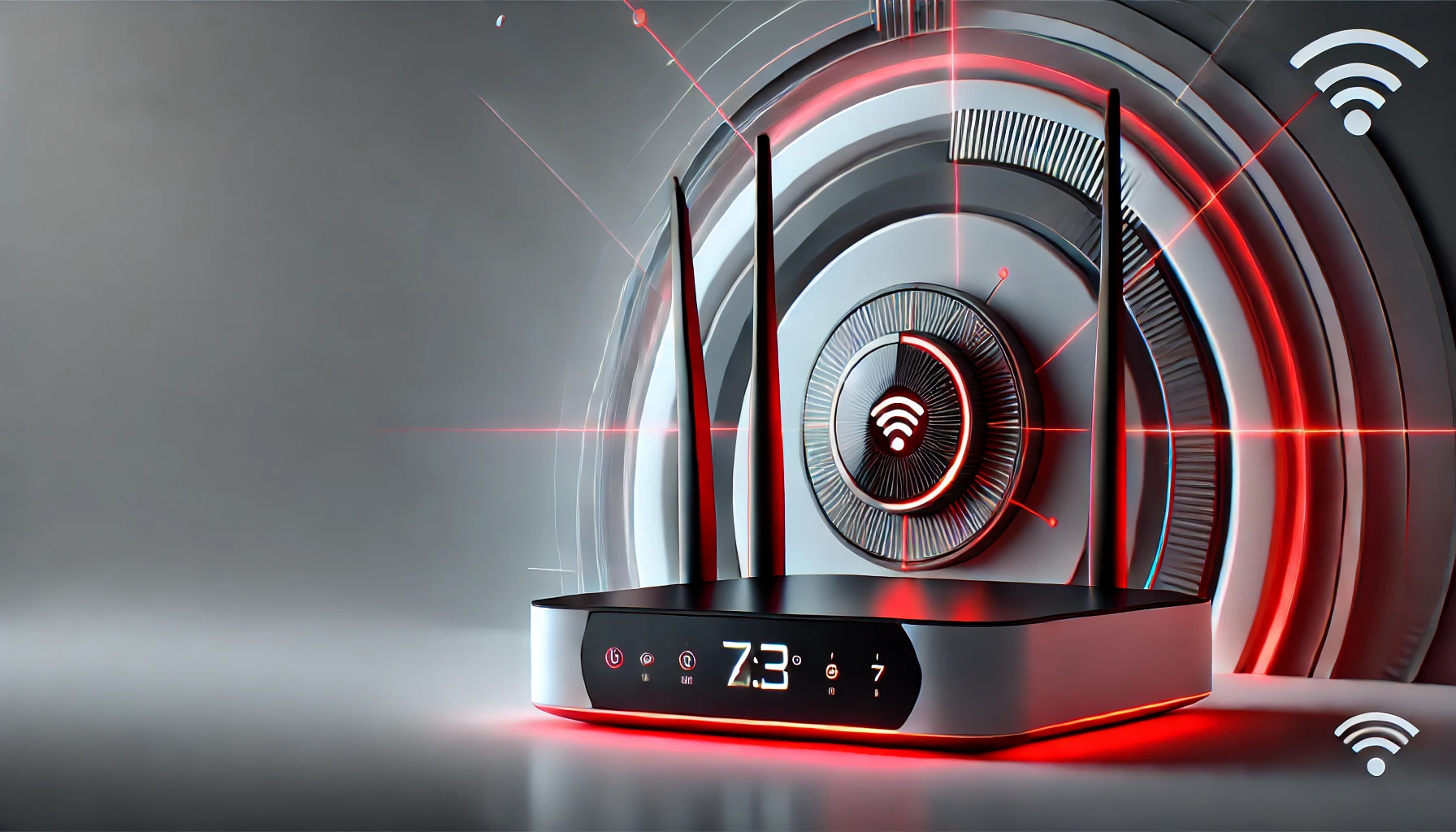
As we move further into the future of wireless technology, WiFi 7 promises revolutionary changes in connectivity speed, latency, and device compatibility. For Windows OS users, this leap forward represents more than just faster internet—it brings transformative possibilities for work, gaming, and home networking. This next-generation WiFi protocol, though still new, already has both fans and tech experts buzzing. With enhanced performance and greater capacity, it can support more devices simultaneously, making it ideal for busy households and office settings.
In this article, we dive into WiFi 7’s key features and explore how it integrates with Windows devices, setting a new standard for seamless internet access. For professionals, enthusiasts, and casual users alike, understanding these updates is essential to get the most out of this exciting advancement in WiFi technology.
Overview of WiFi 7
WiFi 7, also known as 802.11be, is the latest wireless standard, succeeding 6 and 6E. This new generation of WiFi is designed to handle larger amounts of data with unprecedented efficiency and speed, addressing the ever-increasing demands of digital media streaming, online gaming, and home automation. Key to WiFi 7’s appeal is its potential to support speeds over 30 Gbps, making it approximately four times faster than WiFi 6. This performance boost brings incredible responsiveness, ideal for high-resolution video conferencing, virtual reality applications, and large file downloads.
One of the standout features is its ability to operate over the 6 GHz frequency band while also supporting 2.4 GHz and 5 GHz bands. This multi-band capacity ensures backward compatibility with older WiFi devices, providing a smooth transition for users upgrading their networks. With enhanced features like Multi-Link Operation (MLO) and 320 MHz channel bandwidth, it minimizes congestion and improves overall network stability—a boon for users of Windows OS, which is widely used in both personal and professional environments.
Key Features and Specifications of WiFi 7

1. Enhanced Speeds and Throughput
WiFi 7 delivers exceptional speed improvements. With a potential maximum data rate of 46 Gbps, it allows for instant data transfers and ultra-responsive connections, even during high-demand activities like 4K streaming or online gaming.
2. Multi-Link Operation (MLO)
MLO is a groundbreaking feature that enables WiFi 7 to use multiple bands simultaneously, improving both speed and reliability. For Windows users, MLO reduces the risk of dropped connections and improves efficiency, allowing for more consistent performance across various applications.
3. 320 MHz Channel Bandwidth
WiFi 7 introduces a wider channel bandwidth of 320 MHz, doubling that of the 6. This larger bandwidth allows for significantly more data to travel through the network at once, enhancing performance in environments with numerous connected devices.
4. 1024-QAM Modulation
With 1024-QAM, WiFi 7 can transfer more data per signal, achieving higher data rates. This makes activities such as large file transfers faster and more seamless, catering to the needs of Windows OS users who require stable and fast connections.
5. Improved Latency and Efficiency
WiFi 7’s design optimizes latency, crucial for real-time applications like gaming and augmented reality. The lower latency also supports Windows-based applications that demand immediate response, such as stock trading and cloud computing.
In-Depth Review of WiFi 7 and Windows Compatibility

1. Speed and Bandwidth: How Windows Benefits from WiFi 7’s High Data Rates
One of the most notable improvements with WiFi 7 is its speed, with rates exceeding 30 Gbps in ideal conditions. Windows devices, especially those used for data-intensive tasks like media editing or cloud-based collaboration, benefit significantly from these elevated speeds. A high-bandwidth connection also allows Windows systems to handle multiple tasks simultaneously without network lag, supporting smooth user experiences in productivity and entertainment.
2. Multi-Link Operation: Enhanced Reliability for Windows Users
Multi-Link Operation (MLO) provides Windows users with a more robust and reliable connection by using multiple bands (2.4 GHz, 5 GHz, and 6 GHz) at the same time. This not only boosts speed but also creates a more resilient connection by minimizing interference. For Windows OS, MLO means faster response times, even in high-density environments where numerous devices are connected.
3. Channel Width: Greater Device Capacity for Windows Ecosystems
With a 320 MHz channel bandwidth, WiFi 7 can handle more data and support more devices concurrently. Windows ecosystems with multiple devices—including laptops, desktops, smart home integrations, and IoT devices—will find this feature especially beneficial. By improving the network’s capacity, it minimizes bottlenecks, maintaining seamless operation across all devices.
4. Latency Improvements: Optimized for Real-Time Windows Applications
WiFi 7’s reduced latency offers an advantage for real-time applications, a significant improvement for Windows users. This benefits gamers who rely on immediate reaction times, and professionals who use remote desktop applications or engage in high-quality video conferencing. Low latency supports Windows’ multitasking capabilities, offering a more fluid experience for virtual collaborations and high-stakes interactions.
5. Backward Compatibility and Ease of Integration with Windows OS
WiFi 7’s backward compatibility ensures that older Windows devices can still connect to networks. This feature makes it convenient for users with mixed device generations, allowing them to gradually upgrade without losing connectivity. Windows OS is designed to integrate smoothly with advancements, and it is no exception. Once routers are updated, Windows devices will experience immediate improvements in speed and reliability.
6. Futureproofing with WiFi 7 Routers for Windows Devices
Upgrading router futureproofs home and office networks, aligning with upcoming Windows OS updates and applications that will demand higher data rates. Users looking to keep pace with the latest tech advancements will find it an investment worth making. Many top brands, including ASUS, are already offering the new routers designed to maximize compatibility with Windows systems, giving users confidence in their network’s longevity.
Conclusion
WiFi 7 presents a significant leap forward for Windows OS users, offering high-speed connectivity, improved reliability, and enhanced capacity for multi-device setups. With features like Multi-Link Operation, 320 MHz channels, and ultra-low latency, it is designed to meet the growing demands of modern digital life. As Windows continues to evolve, embracing will keep users at the forefront of connectivity, allowing them to enjoy a seamless, high-performing internet experience.
Looking ahead, WiFi 7 is expected to become a standard feature in upcoming Windows devices, integrating seamlessly with the latest updates in Windows OS. For users wanting the best in wireless connectivity, it offers both immediate and long-term benefits.
FAQ
Is WiFi 7 backward compatible with older Windows devices?
Yes, WiFi 7 is compatible with older Windows devices, ensuring seamless integration across different generations.
How does WiFi 7 improve internet speed on Windows?
WiFi 7 enhances speed by using multi-band operation and wider bandwidth, providing faster data transfer rates for Windows systems.
Do I need a new router for WiFi 7 to work on Windows devices?
Yes, to fully utilize WiFi 7’s features, you’ll need a compatible router. Brands like ASUS offer WiFi 7 routers designed for maximum performance with Windows OS.
Resources
- How-To Geek. Best Wi-Fi 7 Routers.
- NY Times Wirecutter. Do You Need Wi-Fi 7?.
- PCMag. Wi-Fi 7 Explained: Everything to Know.
- TechRadar. Wi-Fi 7: What You Need to Know.
- Tom’s Guide. 3 Things to Know Before You Buy Wi-Fi 7 Routers.

Brijesh Gohil is the founder of Tech Brij, A popular Tech Blog which is focused on Tech tips & Buying Guides. You can follow him on Facebook, Twitter, Google + & LinkedIn.

